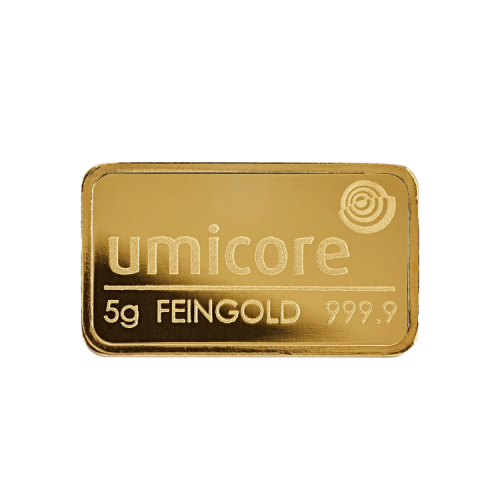EU Accelerates Plans for Digital Euro
Update: 2 September 2025 Reading time: 4 min

After a legislative change in the US, the EU has decided to accelerate its plans for a digital euro. In this knowledge base article, you will read what a digital euro is and what it can offer.
US Stablecoins Genius Act
The Financial Times reported in August 2025 that the EU wants to speed up plans for a digital euro now that the US is introducing its stablecoin law, also known as the Genius Act. This law provides more regulation and clarity regarding stablecoins. Stablecoins are digital currencies backed by a stable asset, such as the US dollar, to guarantee their value and stability.
Stablecoins can offer significant benefits, such as making transactions simple and fast without the exchange rate risks of cryptocurrencies that are not backed by a stable asset. This is certainly an advantage in countries where the US dollar is less common. The downside, however, is that stablecoins can cause new economic instability if there is insufficient certainty about the value or guarantee of the stablecoin in question. This could also lead to the devaluation of the supporting asset, such as the dollar.
EU Speeds Up Decision-Making
The introduction of stablecoins as a common payment method is not without risks, but it has motivated the EU to explore whether the digital euro can be launched sooner. Tech website Tweakers reported, following the Financial Times news, that the EU is now looking into more public technical solutions.
This could make it possible for the digital euro to be introduced more quickly and traded more easily.
Digital Euro Compared to Bank Money
You may wonder: what is the difference between a digital euro and bank (giro) money? After all, bank money is already digital. The main difference is that the digital euro is backed by the European Central Bank. Digital euros are therefore essentially euro coins, but in digital form.
If you have digital euros, they are stored in your digital wallet, just like coins. If you have bank money, it is stored with a bank, but the bank can lend that money out for other purposes. The money you hold in the bank is therefore not fully backed. With digital euros issued by the central bank, this is the case—although you may still wonder, as with stablecoins in the US, whether the backing provides sufficient confidence. After all, is a digital euro backed by the central bank of the “regular” euro truly more stable in value?
Consequences of Introducing the Digital Euro
The main advantage is that “regular” banks play no role in digital euros, and euros are easier to trade outside Europe. It could also serve as an alternative to cash, since you do not need a bank account to hold digital euros. These will be issued by the European Central Bank.
The idea is that digital euros will supplement bank money and cash. For now, there is no reason to assume that they will replace cash or bank money in the short term. You can best think of the digital euro as a kind of state-issued and state-backed cryptocurrency: more stable and more accessible than many cryptocurrencies, but possibly not as stable as “regular” money or other stable assets such as gold and silver.
Safe Haven
Although the European Union wants to accelerate decision-making, the EU is still known for not being particularly fast—even when in a hurry. For the time being, little is likely to change.
It does appear, however, that stablecoins will increasingly influence payment traffic. But the question remains whether people will trust them—especially with backing from the dollar, whose position is already under pressure. There are also concerns about privacy and accessibility for people who are less digitally skilled. Gold therefore does not yet need to fear for its position as a safe haven in uncertain economic times.
Disclaimer: The Silver Mountain does not provide investment advice and this article should not be considered as such. Past performance is no guarantee of future results.
 Over Sander Cox
Over Sander Cox
Marketeer












-Psfmhzrc-web_normal.png)

